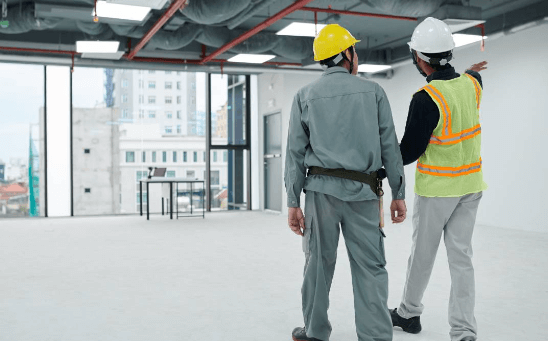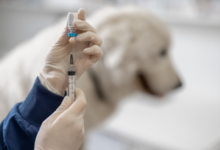Commercial Building Safety: Best Practices for Protecting Your Property

Ensuring the safety of a commercial building is not just about compliance; it’s about safeguarding lives, protecting assets, and maintaining operational efficiency. Implementing best practices in commercial building safety can help prevent accidents, reduce liability, and enhance the overall security of your property. Here’s a comprehensive guide to the best practices you should adopt to ensure the safety of your commercial building.
1. Implement a Robust Fire Safety Plan
Fire safety is a critical component of commercial building safety. Start by installing high-quality smoke detectors and fire alarms throughout the building. Ensure these devices are regularly tested and maintained. Fire extinguishers should be easily accessible and appropriately placed in key areas, with employees trained on their use.
A well-developed fire safety plan should include marked fire exits, emergency lighting, and evacuation routes. Conduct regular fire drills to familiarize employees with the evacuation process and assess the effectiveness of the fire safety plan.
2. Ensure Building Security
Securing your commercial building involves more than just locking doors. Invest in a comprehensive security system that includes surveillance cameras, motion detectors, and access control systems. These systems help monitor activity, deter unauthorized access, and provide valuable evidence in case of incidents.
Regularly review and update your security protocols. Ensure that all entry points, including windows and doors, are properly secured and maintained. Implementing a badge or keycard system for employees can further enhance security.
3. Maintain Proper Lighting
Adequate lighting is essential for both safety and security. Well-lit areas reduce the risk of accidents and discourage unauthorized activity. Ensure that both the interior and exterior of your building are well-lit, especially in high-traffic areas such as stairwells, parking lots, and entryways.
Regularly inspect and replace burnt-out bulbs, and consider installing motion-sensor lights in less frequently used areas to conserve energy while maintaining safety.
4. Conduct Regular Maintenance
Routine maintenance is crucial for preventing safety hazards. Regularly inspect and repair structural elements, such as roofs, walls, and floors, to prevent accidents caused by deterioration or damage. Pay special attention to areas prone to wear and tear, such as staircases and elevators.
HVAC systems should be inspected and maintained to ensure proper ventilation and air quality. Blocked vents or faulty systems can lead to poor air quality or overheating, which poses health risks.
5. Implement Workplace Safety Protocols
Develop and enforce safety protocols tailored to your specific business operations. This includes training employees on proper handling of equipment, safe lifting techniques, and protocols for reporting hazards. Ensure that safety equipment, such as gloves, helmets, and protective eyewear, is available and used as required.
Create a clear reporting system for safety concerns, and encourage employees to report potential hazards or unsafe conditions promptly. Addressing these issues quickly can prevent accidents and improve overall workplace safety.
6. Ensure Compliance with Building Codes
Adhering to local building codes and regulations is crucial for maintaining safety and avoiding legal complications. These codes establish minimum safety standards for buildings. Regularly review and update your building’s compliance status, and collaborate with professionals to address any deficiencies.
This includes ensuring that electric enclosures meet the latest safety standards and regulations. Staying informed about changes in building codes and regulations is essential for ongoing compliance. This might involve updating safety features, making necessary structural modifications, or incorporating new technologies to enhance safety.
7. Prepare for Emergencies
Having an emergency preparedness plan is crucial for handling unexpected situations effectively. This plan should include procedures for natural disasters, medical emergencies, and other crises. Equip your building with first aid kits and ensure that employees are trained in basic first aid and CPR.
Regularly review and practice your emergency preparedness plan through drills and simulations. Ensure that everyone in the building knows their roles and responsibilities during an emergency.
8. Promote Safety Awareness
Creating a culture of safety within your organization can significantly impact overall building safety. Hold regular safety meetings and training sessions to keep employees informed about best practices and safety protocols. Encourage open communication about safety concerns and provide resources for employees to learn more about safety topics.
Recognize and reward employees who demonstrate exceptional safety practices. This can motivate others to prioritize safety and contribute to a safer working environment.
In Conclusion
Protecting your commercial building involves a multifaceted approach that encompasses fire safety, security, maintenance, and employee training. By implementing these best practices, you can create a safer environment for your employees, customers, and assets. Regularly review and update your safety protocols to address evolving risks and ensure continued compliance with safety standards. Ultimately, a commitment to safety not only protects your property but also enhances the overall success and reputation of your business.






